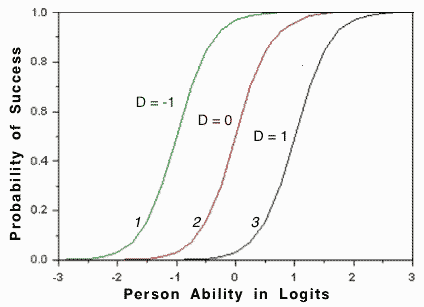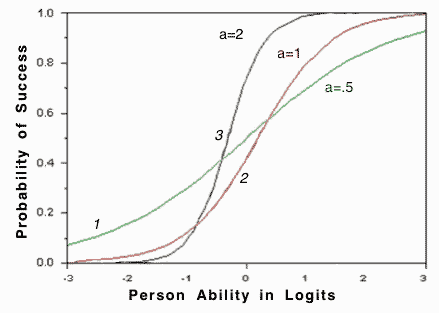
Shiken: JALT Testing & Evaluation SIG Newsletter
Vol. 14 No. 2 Oct. 2010 (p. 23 - 29) [ISSN 1881-5537]

 PDF Version
PDF Version
|
Rasch Measurement in language education Part 5: Assumptions and requirements of Rasch measurement James Sick, Ed.D. (International Christian University, Tokyo) |

